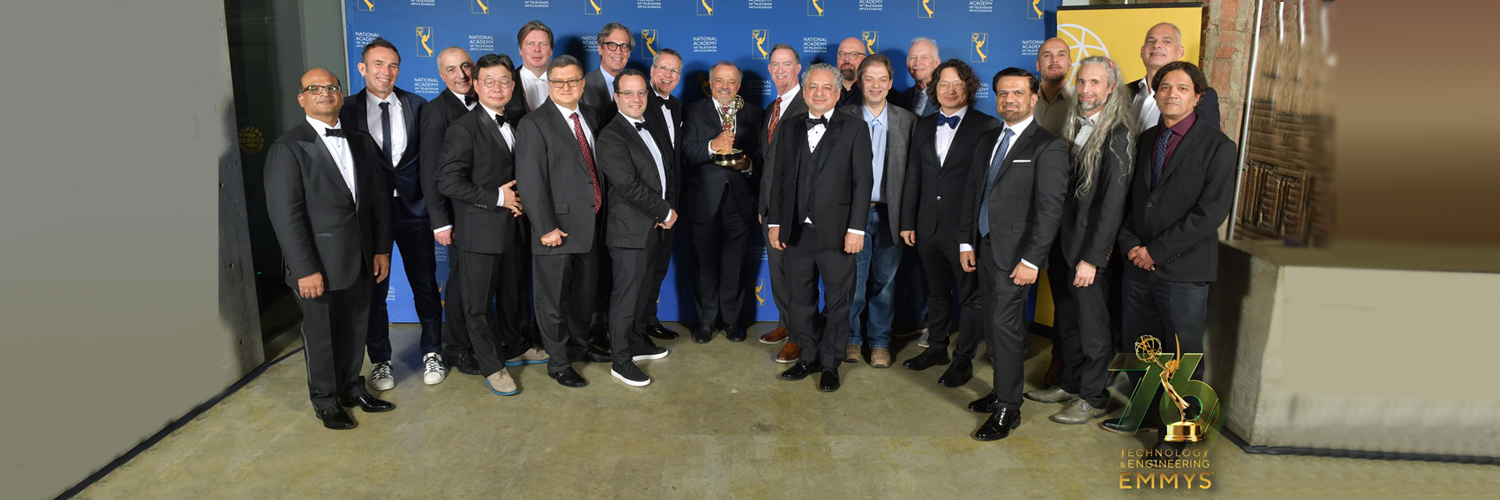Many people are familiar with audio and video codecs, but who knows how many other technologies are required to enable audio or video streaming? One such technology, largely unknown but nonetheless indispensable, is the Common Media Application Format (CMAF), developed by the leading standardization organization in the media world: MPEG (Moving Picture Experts Group). MPEG was honored with the Technology & Engineering Emmy® Award for the CMAF standardization in early December and...
Deutsche Telekom Implements EVS in its LTE network, MPEG LA Launches EVS Patent Portfolio License
The requirements for using this new sound experience are a VoLTE cellphone contract as well as an EVS-supporting smartphone. For the former, these are the Telekom versions of the Samsung Galaxy S7 / Galaxy S7 edge and the Sony Xperia XZ. The phones must also be equipped with the latest software versions. The new service is activated when both the caller and recipient have phones on the network that meet these requirements. The award-winning technology was co-developed by Fraunhofer...




